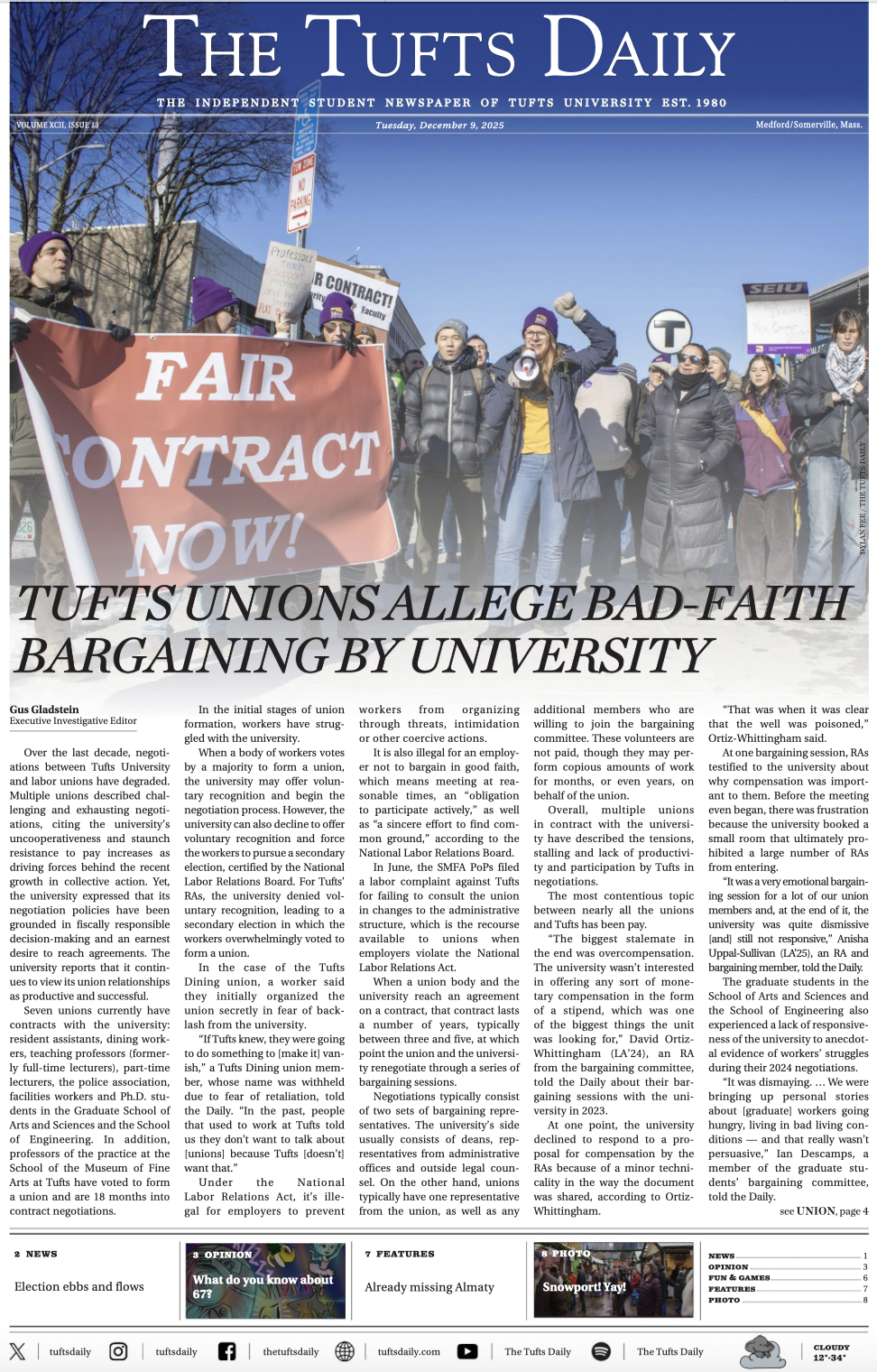My bench is strong, but there is this small part of the movement at the top that I just can't seem to get any stronger on. I can do heavy weight; I just can't finish at the top. Any advice? - Joe Blow
It sounds like you've hit a sticking point. It can be a common problem for people who have arms that are disproportionately weaker than their chest or back. It can also happen to people who neglect to train the smaller muscle groups in favor of the bigger ones.
In my experience, the best way to overcome a sticking point is as follows:
If you aren't training triceps separately from chest, do so. If you are, try de-emphasizing your chest workouts and focus on building up strength in your triceps. If you take it easy on chest for a month while you play catch up with your triceps, you should see your sticking point disappear.
Another technique that is used to blast through sticking points is the partial-rep method.
Load the bar with about 60 percent or your working weight. Bring the weight down a little bit past the point where your elbows break. Return it to the starting position explosively, as you do between 10 - 14 reps. This partial movement will help you break the sticking point and have a more powerful bench press, but the technique can be applied to virtually any exercise.
What is the difference between doing calf raises with knees bent and knees straight? - Curious
Doing calf raises with your knees bent will emphasize the deeper of the two muscles in your calf, called the soleus. It runs along your lower leg, and is what gives people longer, thicker calves. Bent-knee calf raises also involve the hamstrings as a secondary muscle, so be careful if you attempt to do them after a tough hamstring workout.
Straight-legged calf raises focus on the gasctronemius, the muscle that sits higher up on a person's calves, closer to the back of the knee. This muscle is what most people are referring to when they say someone has "Rocks in his/her calves." (Never heard that expression? Me neither, I just made it up, but it illustrates my point nicely.)
I recommend that a calf workout consists of an exercise that stimulates both of these muscles, as an imbalanced calf workout will lead to muscular imbalance, a condition that can easily lead to injury.
How long have you been writing inside fitness? Why do you do it?
A curious stalker
I've been writing this column since fall of freshman year, when I approached then-editor Benny Gedan and pitched the idea to him. I submitted a sample, they liked it, and the rest is history. As to why I write it, I guess the hordes of drooling fans may have something to do with it. All the fan mail is nice, too. But, the real reason I do it is for the kids. The kids love a little inside fitness between classes. I also do it because I like to help people become healthier. And no, contrary to what overweight community health majors believe, I am not saying that being healthy means dropping weight. Lighten up, fatty.
I've been reading inside fitness since I was a wee freshman. When are you going to throw in the towel? - John Cohen (Spelled JOHN on purpose)
Now.





